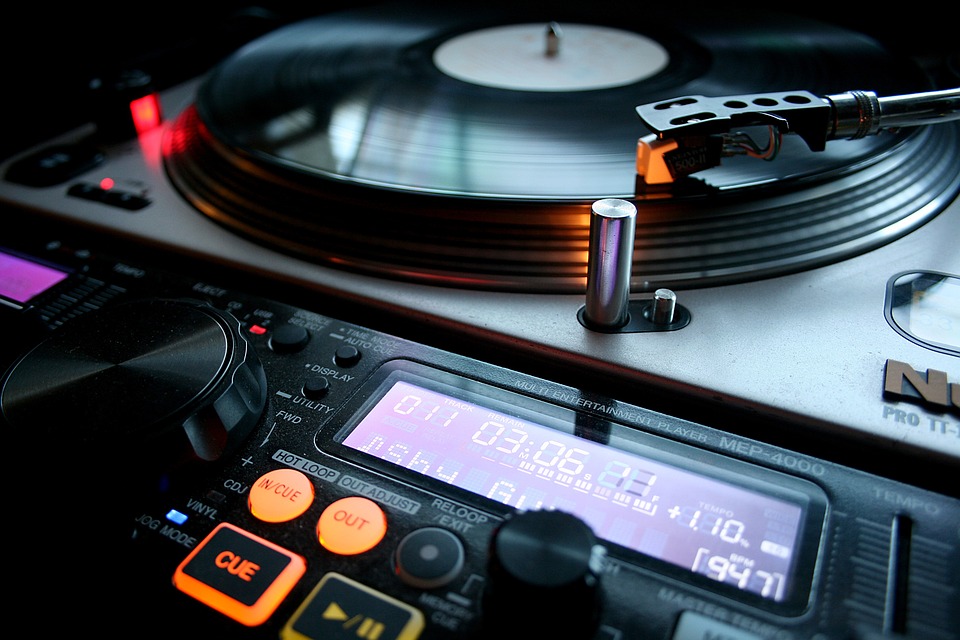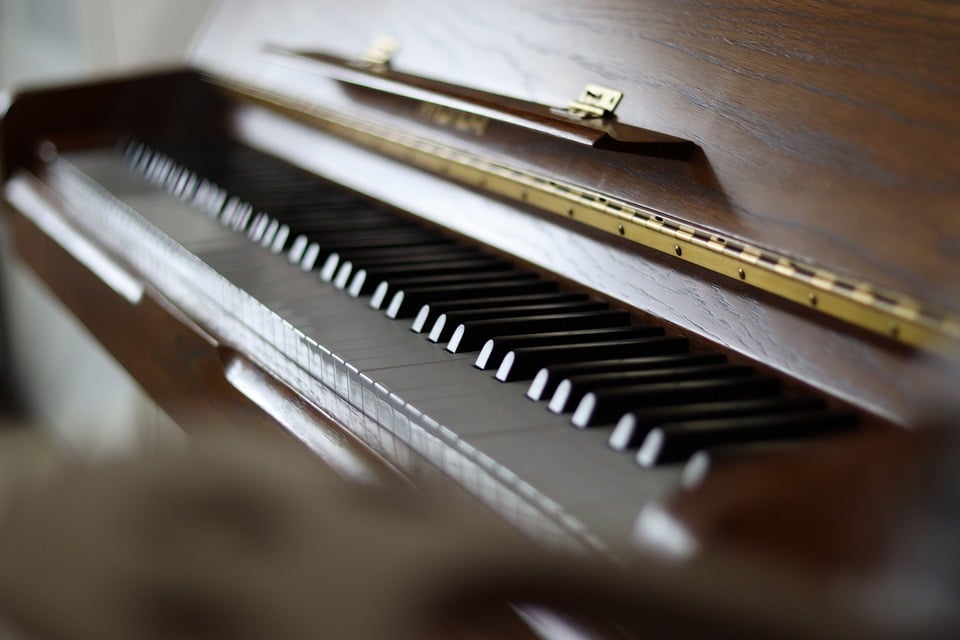Choosing the right subwoofer for music production is crucial for achieving accurate sound reproduction. A good subwoofer not only enhances the listening experience but also helps in mixing and mastering tracks effectively. This article will explore the best subwoofers available, focusing on features, benefits, and what to consider when making a purchase.
Understanding the Role of Subwoofers in Music Production
Subwoofers are designed to reproduce low-frequency sounds, typically below 200 Hz. In music production, these frequencies are vital for genres like electronic, hip-hop, and rock, where bass elements play a significant role. The accuracy of these low frequencies can greatly influence how a mix translates across different playback systems. A subwoofer allows producers to hear and adjust these low-end frequencies, ensuring that the final product sounds good on various devices.
Moreover, subwoofers can enhance the overall listening experience by providing depth and richness to the audio. They can help identify issues in the mix that may not be noticeable with standard studio monitors alone. This makes them an essential tool for any music producer looking to deliver high-quality sound.
Key Features to Consider When Choosing a Subwoofer
When selecting a subwoofer for music production, several features should be considered to ensure optimal performance. Key attributes include size, power, frequency response, and connectivity options. The size of the subwoofer typically correlates with its ability to produce low frequencies. Larger drivers can move more air, resulting in deeper bass sounds.
Power is another critical aspect. The wattage of a subwoofer determines how loud it can play without distortion. For music production, a subwoofer with adequate power is essential for accurate monitoring. Additionally, frequency response indicates the range of frequencies the subwoofer can reproduce. A broader range allows for more detailed sound reproduction, which is crucial for music production.
Types of Subwoofers for Music Production
There are two main types of subwoofers: passive and active. Passive subwoofers require an external amplifier to power them, while active subwoofers have built-in amplifiers. For most music producers, active subwoofers are recommended due to their convenience and ease of setup. They typically come with built-in crossovers, which help manage the frequency distribution between the subwoofer and the main speakers.
Additionally, studio subwoofers are specifically designed for music production. These subwoofers are engineered to provide a flat frequency response, allowing for accurate sound reproduction. This is crucial for mixing and mastering, as it ensures that the music sounds the same on different playback systems.
Top Subwoofers for Music Production
Several subwoofers stand out for their performance in music production environments. Each of these models has unique features that cater to the needs of producers. Here are some of the top subwoofers worth considering:
1. KRK 10S2
The KRK 10S2 is a popular choice among music producers. It features a 10-inch woofer that delivers powerful bass response, making it suitable for various music genres. The subwoofer has a frequency response of 28 Hz to 3 kHz, which ensures that it can reproduce deep lows accurately.
Additionally, the KRK 10S2 comes with room tuning controls, allowing users to adjust the sound according to their studio environment. This feature is beneficial for achieving the best sound quality in different acoustic settings.
2. Yamaha HS8S
The Yamaha HS8S is another excellent option for music production. This active subwoofer is designed to complement the Yamaha HS series studio monitors, providing a seamless integration for a complete monitoring solution. With a frequency response of 22 Hz to 150 kHz, the HS8S ensures that producers can hear every detail in their mixes.
The subwoofer also features a built-in high-cut filter, allowing users to customize the crossover frequency. This flexibility makes it easier to achieve a balanced sound when paired with other studio monitors.
3. JBL Professional LSR310S
The JBL Professional LSR310S is known for its powerful performance and precise sound reproduction. With a 10-inch driver and a frequency response of 27 Hz to 180 Hz, this subwoofer is ideal for bass-heavy music genres. It also offers a unique Slip Stream port design that minimizes turbulence, resulting in clearer bass response.
Additionally, the LSR310S features a built-in crossover and adjustable volume control, making it easier for producers to fine-tune their setup to achieve optimal sound quality.
4. Adam Audio Sub8
The Adam Audio Sub8 is a compact yet powerful subwoofer designed for professional studios. With an 8-inch driver and a frequency response of 28 Hz to 120 Hz, it provides deep and precise bass. Its small size makes it suitable for smaller studio spaces without compromising audio quality.
The Sub8 also includes a high-pass filter, allowing users to adjust the crossover frequency according to their main monitors. This feature helps maintain a balanced sound across the frequency spectrum, crucial for accurate mixing and mastering.
5. Mackie MR10S2
The Mackie MR10S2 is an affordable option for those just starting in music production. This 10-inch subwoofer offers a frequency response of 30 Hz to 200 Hz, providing solid low-end performance for various music styles. The MR10S2 includes adjustable low-pass filtering and a phase switch, allowing users to optimize their setup for the best sound quality.
Despite its lower price point, the MR10S2 delivers impressive performance, making it a great choice for beginner producers or those on a budget.
Setting Up Your Subwoofer for Optimal Performance
Proper setup is essential to ensure that your subwoofer performs at its best. Start by placing the subwoofer in a corner of the room to enhance bass response. However, be cautious, as this may also lead to uneven sound distribution. Experimenting with different placements can help you find the sweet spot where the bass sounds the best.
Once you have the placement sorted, connect the subwoofer to your audio interface or mixer using appropriate cables. Most active subwoofers come with various input options, including XLR, TRS, and RCA. Make sure to set the crossover frequency correctly to blend the subwoofer with your main monitors effectively.
Conclusion
Choosing the best subwoofer for music production is essential for achieving high-quality sound and accurate mixing. Consider factors such as size, power, frequency response, and connectivity options when making your decision. The KRK 10S2, Yamaha HS8S, JBL Professional LSR310S, Adam Audio Sub8, and Mackie MR10S2 are all excellent choices that cater to different needs and budgets.
Ultimately, the right subwoofer will enhance your music production experience, allowing you to create mixes that translate well across various playback systems. Take the time to explore your options and invest in a subwoofer that meets your specific requirements for the best results in your audio projects.
FAQs
What size subwoofer is best for a home studio?
The size of the subwoofer depends on the size of your studio and your specific needs. For smaller studios, an 8-inch subwoofer may suffice, while larger spaces may benefit from a 10-inch or 12-inch model for deeper bass response.
How do I know if my subwoofer is set up correctly?
You can determine if your subwoofer is set up correctly by listening for a balanced sound across all frequencies. If the bass sounds overpowering or muddy, you may need to adjust the crossover frequency, phase, or placement.
Can I use a home theater subwoofer for music production?
While you can use a home theater subwoofer, it’s not ideal for music production. Home theater subwoofers are designed for cinematic sound rather than flat frequency response, which can lead to inaccurate mixing.
Do I need a subwoofer if I already have studio monitors?
While studio monitors can produce decent low-end frequencies, a subwoofer enhances the bass response and provides a more accurate representation of low frequencies. This is especially important for genres that rely heavily on bass.
How much should I spend on a subwoofer for music production?
The budget for a subwoofer can vary widely. Entry-level options may start around $200, while professional-grade subwoofers can cost upwards of $1,000. Consider your needs and budget to find the best option for your studio.


